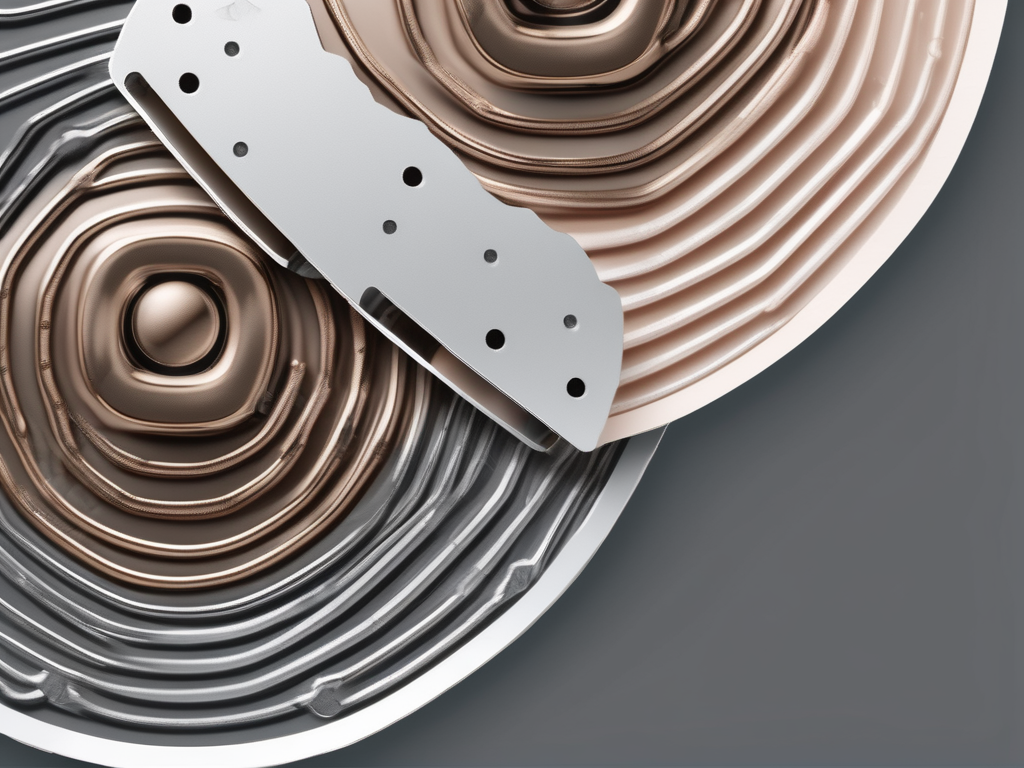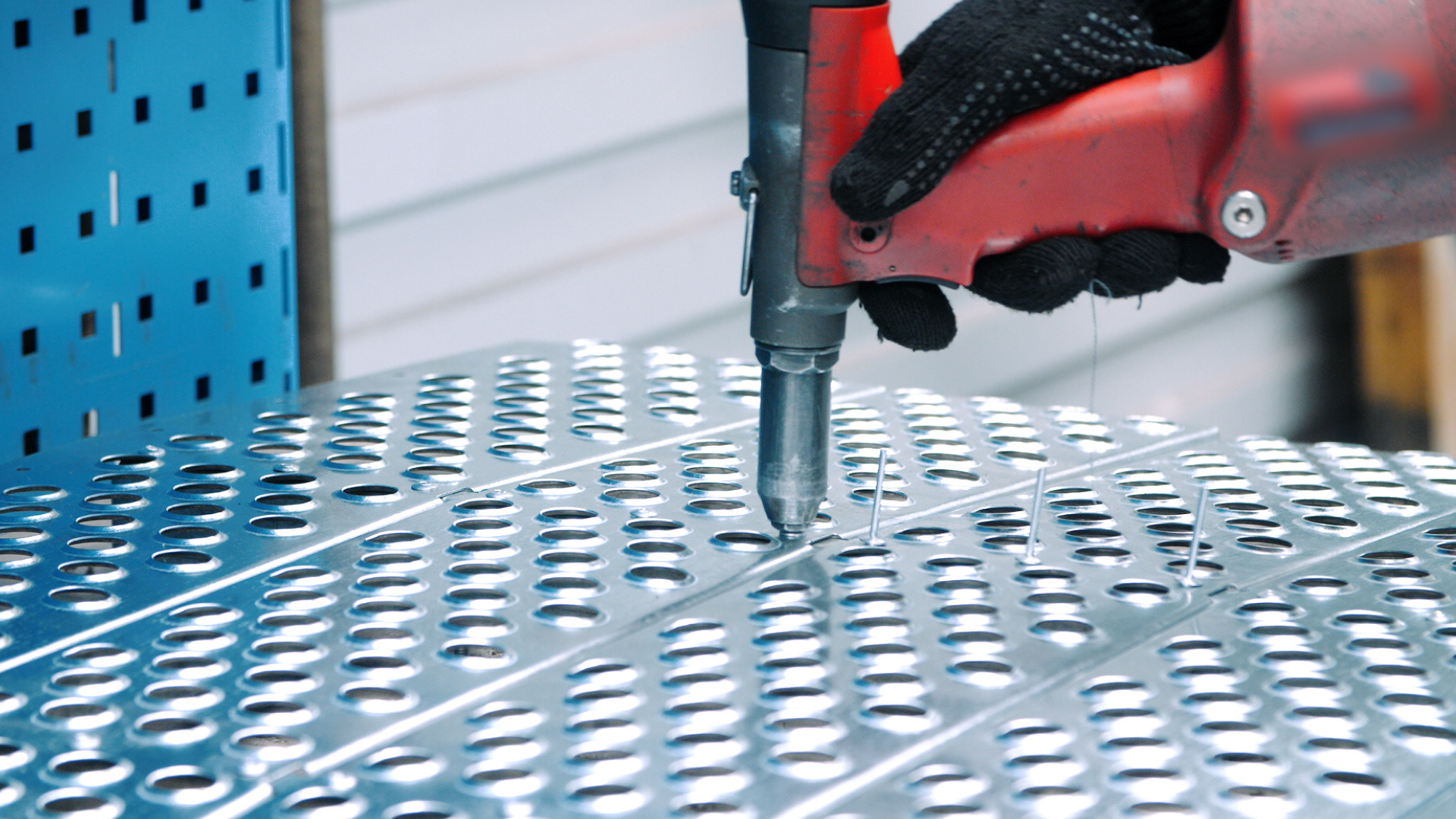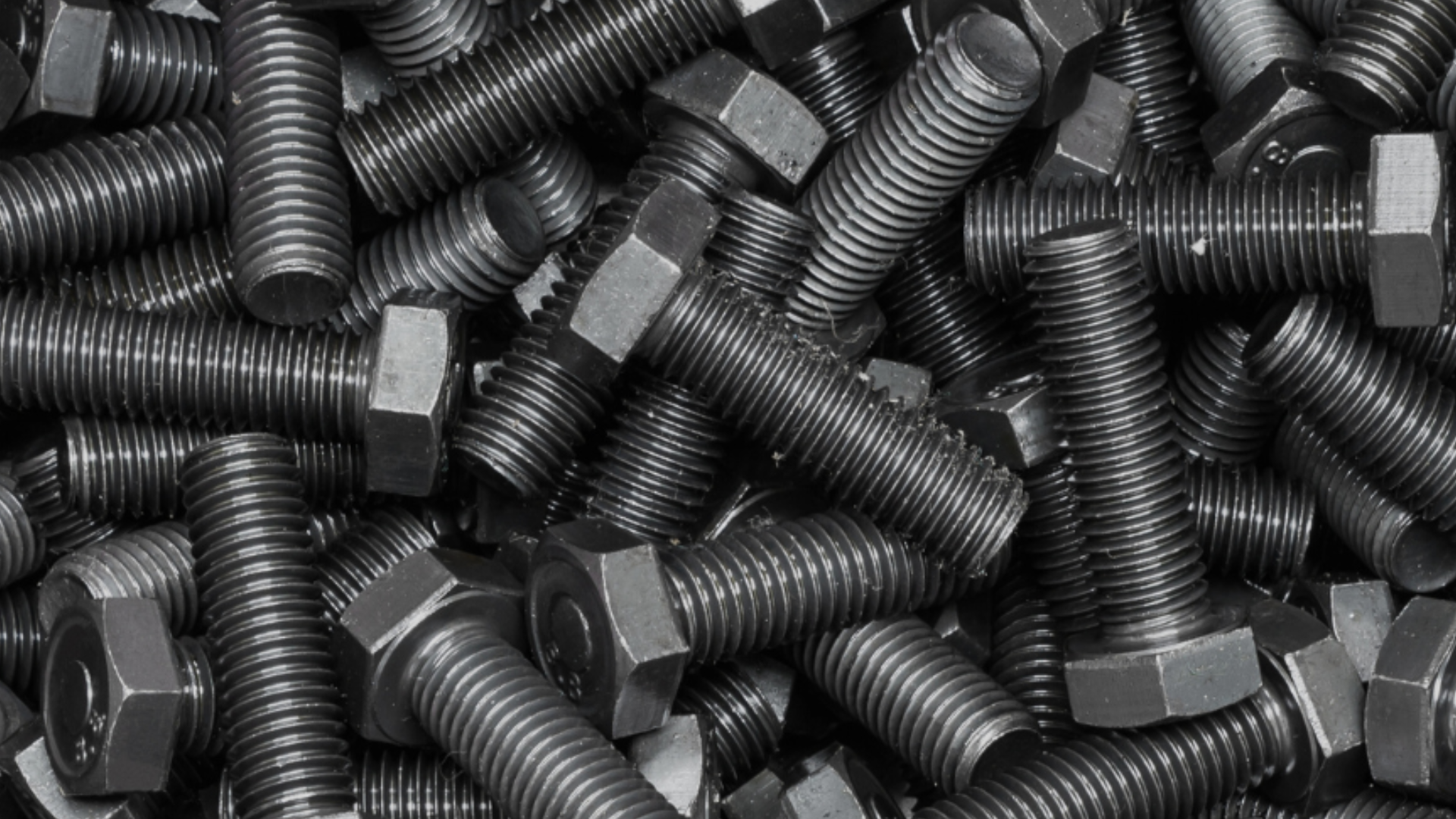Table of Contents
Understanding G10: A Comprehensive Guide
Exploring the Specifications of G10 Material
G10 is a type of composite material that is made from layers of fiberglass fabric impregnated with epoxy resin. This combination gives G10 its exceptional strength and durability. The layers of fiberglass fabric provide reinforcement, while the epoxy resin acts as a binding agent, holding the layers together. This unique construction gives G10 its remarkable mechanical properties, making it an ideal choice for demanding applications.
When it comes to mechanical properties, G10 excels in both tensile strength and flexural modulus. Tensile strength refers to the maximum amount of tensile stress a material can withstand before breaking, while flexural modulus measures a material’s resistance to bending. With its high tensile strength and flexural modulus, G10 can withstand heavy loads and resist deformation, making it suitable for applications that require strength and stability.
In addition to its impressive mechanical properties, G10 also boasts excellent electrical properties. It has a high electrical resistivity, which means it is a great insulator. This makes G10 an ideal choice for applications where electrical insulation is crucial. It can protect sensitive electronic components from electrical currents and potential damage, ensuring the safety and reliability of electronic devices.
Unveiling the Distinctive Appearance of G10
One of the standout features of G10 is its distinctive appearance. The material has a smooth, glossy surface that adds a touch of elegance to any design. G10 comes in a variety of colors, allowing for endless possibilities when it comes to aesthetics. Whether you’re looking for a sleek, modern look or a vibrant, eye-catching design, G10 can meet your needs.
Furthermore, G10 is not only visually appealing but also highly versatile. It can be easily machined and shaped into various forms, allowing for intricate designs and detailed patterns. This versatility opens up a world of creative possibilities for designers and manufacturers.
Moreover, G10 is resistant to moisture, chemicals, and UV radiation, making it suitable for both indoor and outdoor applications. Its durability ensures that it can withstand harsh environmental conditions without losing its structural integrity or aesthetic appeal.
When it comes to maintenance, G10 requires minimal effort. Its smooth surface makes it easy to clean, and it does not require any special treatment or coatings to maintain its properties. This makes G10 a cost-effective choice, as it reduces the need for frequent maintenance and replacement.
The Advantages of G-10 Material Revealed
G-10 material, also known as glass epoxy laminate, offers a wide range of advantages that make it a popular choice in various industries. From its electrical resistivity to its thermal stability, G-10 excels in multiple areas, providing reliable performance and durability.
Harnessing the Electrical Resistivity of G10
As mentioned earlier, G10’s high electrical resistivity makes it an excellent choice for electrical insulation applications. This property ensures that electronic components are protected from electrical currents, preventing any potential damage. Furthermore, G10’s electrical insulation properties make it highly suitable for high-voltage applications, where safe and reliable insulation is paramount.
When it comes to electrical safety, G10’s high electrical resistivity provides peace of mind, allowing for the efficient and secure operation of electronic devices and systems. Whether it’s in power distribution, telecommunications, or aerospace industries, G10’s electrical insulation capabilities play a crucial role in maintaining the integrity of electrical systems.
Fire Resistance: A Key Benefit of G10
When it comes to safety, G10 shines. The material exhibits excellent fire resistance, making it a reliable choice for applications where fire safety is crucial. G10’s inherent resistance to combustion, along with its low smoke generation, provides peace of mind in environments where fire hazards may be present.
From electrical cabinets to aerospace components, G10’s fire resistance properties ensure that critical equipment remains protected even in the event of a fire. Its ability to withstand high temperatures without compromising its structural integrity makes it an ideal material for applications where fire safety is of utmost importance.
Unleashing the Mechanical Strength of G10
G10’s impressive mechanical strength is another area where it excels. The material exhibits excellent tensile, compressive, and flexural strength, making it ideal for applications that require durability under heavy loads or high impact forces. Additionally, G10’s stiffness and dimensional stability allow for precise machining and tight tolerances, ensuring accurate and reliable results.
From structural components in aerospace engineering to tooling applications in manufacturing, G10’s mechanical strength ensures that it can withstand the demands of various industries. Its ability to maintain its structural integrity under extreme conditions makes it a reliable choice for critical applications.
G10’s Impressive Resistance to Water Absorption
When it comes to moisture exposure, G10 boasts exceptional resistance to water absorption. This property is vital in applications where exposure to moisture or humidity is a concern. G10’s resistance to water absorption prevents any adverse effects on the material’s mechanical and electrical properties, ensuring long-term reliability even in challenging environments.
From marine applications to outdoor electrical enclosures, G10’s resistance to water absorption ensures that it can withstand the effects of moisture without compromising its performance. Its ability to maintain its properties in humid or wet conditions makes it a reliable choice for applications where moisture resistance is essential.
Chemical Resistance: A Standout Feature of G10
Chemical resistance is another standout feature of G10. The material is highly resistant to a wide range of chemicals, including acids, bases, and solvents. This resistance makes G10 suitable for applications where exposure to corrosive environments or chemicals is a concern. Whether it’s in chemical processing plants or laboratories, G10’s chemical resistance ensures durability and longevity.
With its ability to withstand the corrosive effects of chemicals, G10 is a reliable choice for applications where chemical resistance is crucial. Its resistance to chemical degradation ensures that it can maintain its performance and structural integrity even in harsh environments.
The Thermal Stability of G10: A Game-Changer
G10’s exceptional thermal stability sets it apart from other materials. It exhibits excellent resistance to high temperatures, making it suitable for applications that involve heat exposure. Whether it’s in electronic devices or industrial settings, G10 can withstand the rigors of elevated temperatures without compromising its mechanical or electrical properties.
From heat sinks in electronic devices to insulation in high-temperature environments, G10’s thermal stability ensures reliable performance even in extreme heat. Its ability to maintain its properties at elevated temperatures makes it a valuable material in industries where thermal management is crucial.
Unveiling the Remarkable Properties of G10
G10 is a truly remarkable material that has gained popularity in various industries due to its exceptional mechanical and electrical properties. But did you know that G10 also possesses a unique property that makes it ideal for precision cutting applications?
Cutting with Precision: G10’s Unique Property
One of the standout features of G10 is its non-abrasive nature. Unlike many other materials, G10 doesn’t wear down cutting tools as quickly. This means that when using G10 as a cutting material, you can expect your tools to last longer and maintain their sharpness for a significantly extended period.
So, what does this mean for precision cutting applications?
Well, the non-abrasive property of G10 allows for more precise cuts. When using G10, you can achieve intricate and detailed cuts without worrying about the material causing excessive wear and tear on your cutting tools. This is particularly advantageous in industries where precision is paramount, such as aerospace, electronics, and medical device manufacturing.
Imagine working on a delicate surgical instrument or a complex circuit board. With G10, you can confidently make precise cuts without compromising the integrity of the material or the final product.
Furthermore, the non-abrasive nature of G10 also reduces the need for frequent tool replacements. This not only saves you valuable time but also helps you cut down on costs. By using G10, you can optimize your production processes and minimize downtime caused by tool changes, leading to increased efficiency and productivity.
It’s worth noting that G10’s non-abrasive property doesn’t diminish its other outstanding qualities. The material still retains its high strength, excellent electrical insulation properties, and resistance to moisture, chemicals, and extreme temperatures.
So, whether you’re working on intricate electronic components, precision instruments, or any application that requires meticulous cutting, G10 is the material of choice. Its unique non-abrasive property sets it apart from other materials, ensuring that your cutting tools remain sharp and your cuts precise, ultimately saving you time and money.
Examining the Limitations of G10
UV Resistance: A Consideration for G10
Although G10 possesses numerous outstanding properties, it is worth noting that it has limited resistance to ultraviolet (UV) radiation. Prolonged exposure to sunlight may cause the material to fade or discolor over time. Therefore, if your application involves outdoor exposure, it is essential to consider UV protection or explore alternative materials.
Addressing Dust Concerns with G10
Another limitation worth considering is G10’s susceptibility to accumulate dust. The smooth surface of G10 makes it susceptible to dust particles adhering to the material, potentially impacting aesthetics or performance. Regular cleaning and maintenance can help mitigate this issue and keep G10 looking good as new.
Diverse Applications and Uses of G10 Material
G10 in Electronics: A Reliable Choice
The exceptional electrical and mechanical properties of G10 make it a reliable choice in the electronics industry. From circuit boards and insulators to electrical connectors and switchgear, G10’s excellent electrical insulation and high strength make it a go-to material for critical electronic components.
Furthermore, G10’s fire resistance and resistance to water absorption make it an ideal material for electronic devices that need to withstand harsh environmental conditions.
Whether you’re designing consumer electronics, industrial equipment, or high-tech gadgets, G10 ensures the reliability and performance necessary for today’s demanding electronic applications.
With its exceptional properties and versatility, G10 has established itself as a top choice for a variety of applications. Whether it’s in electronics, robotics, or mechanical engineering, G10 continues to prove its worth. By understanding its specifications, advantages, limitations, and diverse applications, you can make an informed decision when choosing the right material for your project.



